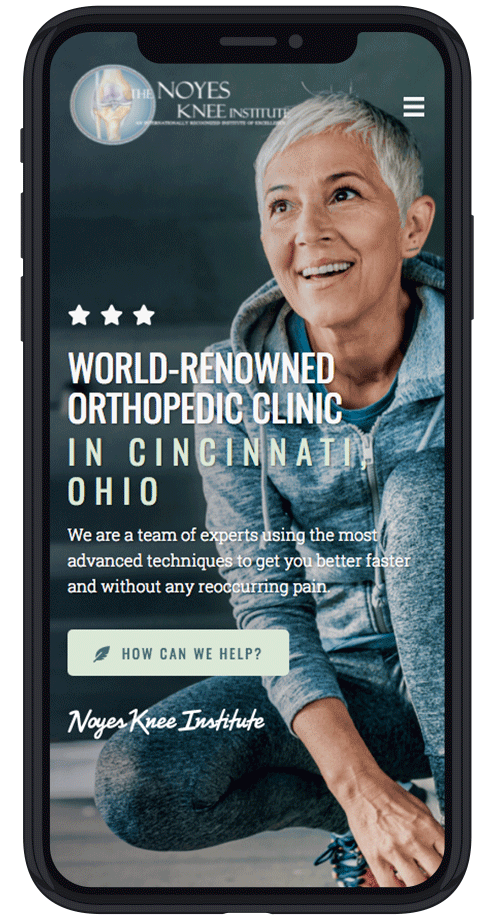Published On
Category
With summer just around the corner, the running season is set to begin. You might embrace the sunny
weather by planning a few running events for the summer and fall and become more dedicated to regular
training. As your training intensifies, however, you may start to notice some nagging pain in your knees
during and after your runs.
If you’re a fit individual, the knee pain might confuse you. If you were active before and aren’t
overweight, why should your knees hurt as you increase your speed and mileage? One overlooked reason why
runners experience knee pain is poor running form.
Form can make all the difference between a painful run and a good run. Learn more about how running form
affects your knee health.
Cadence
Your running cadence is how many steps you take as you run. As you run faster, your cadence tends to
increase as you try to move your legs more quickly. The cadence target zone for runners is around 180
steps per minute.
Sometimes, people might run much more slowly, taking only 150 or 160 steps per minute. This slower cadence
might seem fine for some, especially for people who are recovering from injuries, but for a fit individual,
this slower cadence usually indicates that something in the stride could be improved.
A short, slow stride, for example, tends to put blunt forward pressure on the knee – instead of stacked
pressure. With this type of stride, your knee will suffer overuse injuries even though you are moving at a
slow pace.
Slower cadences can also be caused by overstriding, which extends the knee straight as you hit the ground
heel first, which sends a shockwave of energy up through your knee when it is not in a position to absorb it
well.
A recent study has shown that simply speeding up your cadence can help to reduce these form errors. When
you are forced to stride more quickly, you naturally strike in alignment with your hip (normally midfoot),
which is safer for both your knee and your ankle. To improve your cadence, try running to songs that have 180
beats per minute.
Remember that increases in cadence at first will be an increase in work. You should gradually improve your
cadence by running shorter distances with walking in between. For a fit individual, the breaks might seem
unnecessary, but they will help your body adapt to the change, and soon you’ll be running properly with great
speed.
Vertical Height
Another form error during a run comes from bouncing up and down on the track too much. Ideally, an
efficient runner should have an oscillation pattern to their motion, without too much up and down movement.
Bouncing down the track as you run means that you are gaining a lot of height as you stride, which means you
come down harder on your knee when you land.
To prevent this bouncing motion, focus on powering your stride front to back, instead of up and down.
Focus on powering through the stride by using your glute muscles to push your leg forward.
Body Positioning
Body positioning will also help your knees to stay safe during a run. Some people, especially when they
increase speed, have a tendency to hold their bodies more erect, even arching their backs. However, the best
practice is to keep your upper body angled slightly forward, bending from the hips. This forward angle is
what allows your knees and hips to stay aligned as your feet touch the ground with each stride.
You should keep your arms swinging at your sides with a 90-degree angle. Keep
tension out of your upper body by relaxing your shoulders and holding your hands lightly, as if you were
trying to run with a thin wafer between your fingers. This will keep you from tensing up as you increase your
effort during a tough run.
For more information, contact us at The Noyes Knee Institute.

